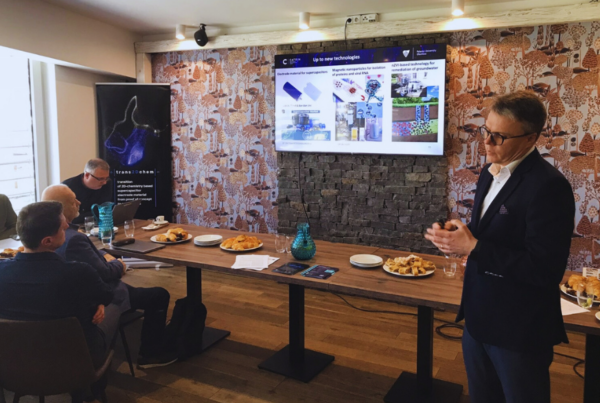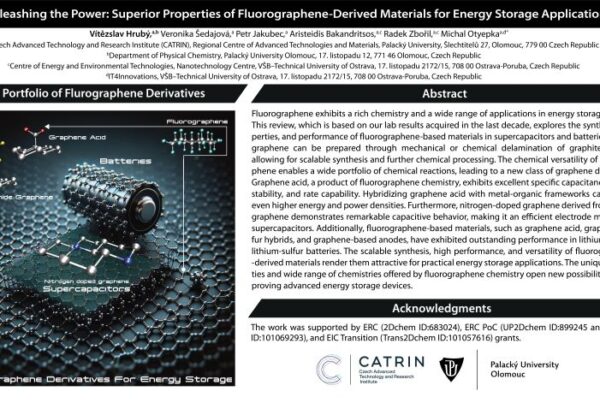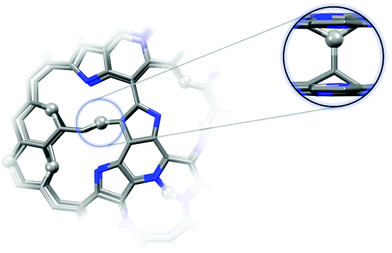We utilize highly nitrogen doped graphene material (SC-GN3) offering energy density up to 200 Wh/L at a power of2.6 kW/L, 170 Wh/L at 5.2 kW/L, and 143 Wh/L at 52 kW/L and oppening doors to such technologies.
Our international team is developing SC prototypes, which manufacturing adhere to industry standards of leading SC manufacturers.












